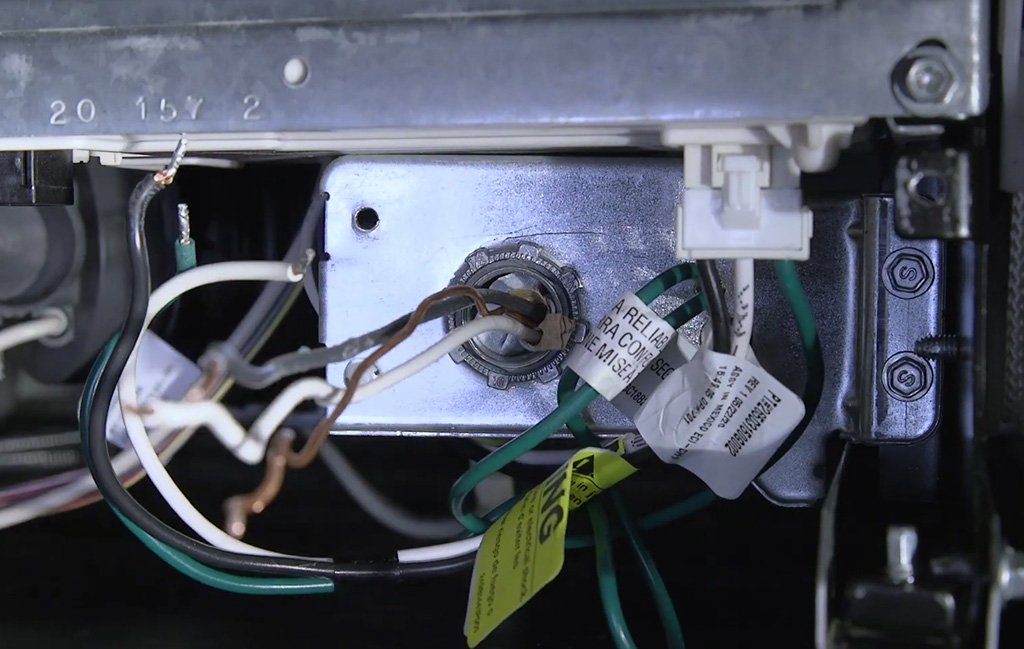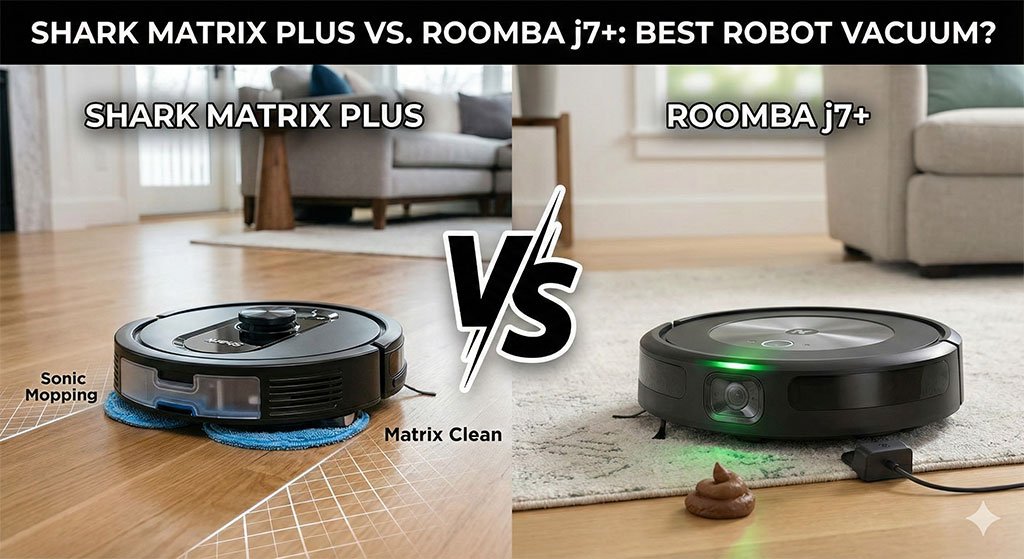To fix a GE dishwasher with no lights on the control panel, first, ensure it’s plugged in and the circuit breaker isn’t tripped. Next, check the power supply and door latch for any faults. If all seems well, it may be a faulty control board or keypad. In such cases, consult the manual for reset instructions or contact a technician for repair.
Are you facing a frustrating issue with your GE dishwasher? Do you notice that your dishwasher’s control panel is not lighting up? If yes, then you are not alone! Many homeowners experience the same problem with their GE dishwashers, and it can be a real headache to deal with.
GE dishwasher no lights on control panel issue can be quite concerning because it makes it difficult to operate the machine effectively. Without any lights on the control panel, you may not be able to select the right wash cycle or adjust the temperature, which can lead to suboptimal cleaning results.
But don’t worry! There’s no need to panic or rush to buy a new dishwasher just yet. We’ll guide you through the step-by-step process of fixing issue. We’ll explain the possible causes of the problem, diagnose it, and provide solutions to help you fix it.

Possible Causes of GE dishwasher No Lights On Control Panel Issue
Before we start diagnosing the issue, it’s essential to understand the possible causes of the problem. Here are some of the most common reasons why your GE dishwasher’s control panel may not be lighting up:
Faulty Control Board
Firstly, a faulty control board can be the culprit. This is the brain of the dishwasher, controlling all its functions. If the control board malfunctions, it can affect the lighting on the control panel, making it non-responsive.
Defective Fuse
Secondly, a defective fuse can also be the cause. The fuse is responsible for regulating the power supply to the dishwasher. If it blows, it can cause the control panel to stop lighting up.
Burnt out light bulbs
Thirdly, burnt out light bulbs can be a potential cause. If the light bulbs on the control panel have exceeded their lifespan, they can no longer light up and need to be replaced.
Loose connections
Fourthly, loose connections can be a contributing factor. This can happen due to regular use or vibration of the dishwasher. If any wires have become disconnected, it can cause the control panel to stop lighting up.
Electrical problems
Finally, electrical problems can also lead to the control panel’s failure to light up. These problems may occur in the dishwasher’s wiring or its power supply. Any of these issues can cause the control panel to be unresponsive and not light up.
Diagnosis of the Problem
It’s crucial to identify the cause of the problem before attempting to fix it. By doing so, you can ensure that you’re targeting the correct issue and avoid wasting time and money on unnecessary repairs.
Step by step instructions on how to diagnose the problem:
- First, check the power supply to your dishwasher. Make sure it’s plugged in correctly and that the outlet is working correctly. If it’s not, try plugging it into another outlet to see if that resolves the issue.
- If the power supply is working correctly, check the dishwasher’s fuse. You can find the fuse located inside the dishwasher near the power cord. Use a multimeter to test the continuity of the fuse. If it’s blown, replace it with a new one.
- If the fuse is not the problem, check the light bulbs on the control panel. Make sure they’re not burnt out. If they are, replace them with new ones.
- Inspect the control board. Look for any visible signs of damage, such as burnt or discolored components. If there are any, it’s likely that the control board is faulty and needs to be replaced.
- Check for loose connections. Examine the wiring and make sure all connections are tight and secure. If any of them are loose, tighten them using a screwdriver.
- Finally, check for any electrical problems. You can use a multimeter to test the voltage at different points in the dishwasher’s wiring. If you find any voltage drops or irregularities, it’s likely that there’s an electrical problem that needs to be fixed.
Tools required for diagnosis:
To diagnose the problem with your GE dishwasher’s control panel, you’ll need the following tools-
- a multimeter
- a screwdriver
- replacement light bulbs (if necessary)
Common symptoms of a malfunctioning control panel:
A GE dishwasher with a malfunctioning control panel can exhibit several symptoms. The most common symptoms include no lights on the control panel, an unresponsive control panel, or the control panel lighting up but not responding to any input.
If you experience any of these symptoms, it’s crucial to diagnose and fix the problem as soon as possible to avoid further damage to your dishwasher.
How to fix GE dishwasher no lights on control panel Issue: Step by Step!
Replace problematic control board
If you’ve diagnosed the problem and determined that the control board is faulty, you’ll need to replace it. Here are the step-by-step instructions on how to replace the control board in your GE dishwasher:
- Turn off the power supply to your dishwasher by unplugging it or switching off the circuit breaker.
- Remove the screws that hold the control panel in place.
- Carefully remove the control panel from the dishwasher and disconnect the wiring harnesses that connect it to the dishwasher.
- Remove the screws that hold the old control board in place.
- Disconnect the wiring harnesses that connect the old control board to the dishwasher.
- Install the new control board in place of the old one and reconnect the wiring harnesses.
- Replace the screws that hold the control board in place.
- Reconnect the wiring harnesses that connect the control panel to the dishwasher.
- Carefully replace the control panel and secure it in place with screws.
- Turn on the power supply to your dishwasher and test the control panel to ensure it’s working correctly.
Tools required for replacement: You’ll need a screwdriver to remove and install screws and disconnect wiring harnesses.
Replace faulty fuse
If you’ve determined that the problem with your dishwasher’s control panel is a blown fuse, you’ll need to replace it. Here are the step-by-step instructions on how to replace the fuse in your GE dishwasher:
- Turn off the power supply to your dishwasher by unplugging it or switching off the circuit breaker.
- Locate the fuse, which is typically located inside the dishwasher near the power cord.
- Remove the fuse by gently pulling it out.
- Replace the old fuse with a new one of the same rating.
- Push the new fuse into place until it clicks.
- Turn on the power supply to your dishwasher and test the control panel to ensure it’s working correctly.
Tools required for replacement: You’ll need a pair of pliers to remove and install the fuse.
Replace burnt out light bulbs
If the issue with your GE dishwasher’s control panel is due to burnt-out light bulbs, you’ll need to replace them. Here are the step-by-step instructions on how to replace the light bulbs in your GE dishwasher:
- Turn off the power supply to your dishwasher by unplugging it or switching off the circuit breaker.
- Locate the light bulbs on the control panel.
- Carefully remove the old light bulbs by gently twisting them out.
- Replace the old light bulbs with new ones.
- Twist the new light bulbs into place.
- Turn on the power supply to your dishwasher and test the control panel to ensure it’s working correctly.
Tools required for replacement: You’ll need replacement light bulbs.
Tighten loose connections
Another reason why the control panel lights may not be working is due to loose connections. To fix this issue, you need to tighten the loose connections. To do this, follow these simple steps:
- Turn off the power supply to the dishwasher.
- Locate the loose connections on the control board.
- Tighten the loose connections using a screwdriver.
- Turn on the power supply to the dishwasher.
Fixing electrical problems
If the control panel lights still aren’t working after trying the above methods, the issue may be with the electrical system. In this case, you need to fix electrical problems. To do this, follow these simple steps:
- Turn off the power supply to the dishwasher.
- Check the wiring on the control board for any signs of damage or fraying.
- Repair any damaged or frayed wires.
- Replace any damaged electrical components such as fuses or relays.
- Turn on the power supply to the dishwasher.
Tools Required for Fixing Electrical Problems
To fix electrical problems, you may need the following tools:
- Multimeter
- Wire cutters
- Wire strippers
- Electrical tape
- Replacement fuses and relays
Common Precautions: Always make sure to turn off the power supply to the dishwasher before attempting to fix electrical problems. Also, be very careful when handling electrical components as they can be dangerous if mishandled. Additionally, handle the necessary parts with care to avoid damaging them.
Also Read: Steps to put your dishwasher in diagnostic mode.
How to Prevent GE Dishwasher’s Future No Light Problems
Prevention is always better than cure, and this applies to your GE dishwasher control panel too. Here are some maintenance tips and regular checks that you can perform to keep your control panel in good condition and prevent future issues.
Maintenance Tips to keep the control panel in good condition
- Clean the Control Panel Regularly: Regular cleaning of the control panel is essential to keep it in good condition. Use a soft cloth and a mild cleaner to wipe down the control panel, and avoid using abrasive materials that can scratch the surface.
- Use the Dishwasher Properly: Proper use of the dishwasher can help prevent damage to the control panel. Avoid overloading the dishwasher, and make sure that the dishes are loaded correctly to prevent them from hitting the control panel.
- Avoid Moisture: Water or moisture can damage the control panel and cause electrical problems. Make sure to wipe down the control panel after use and check for any signs of moisture.
- Check for Loose Connections: Regularly check for any loose connections on the control board and tighten them if necessary.
- Replace Worn Out Components: Replace any worn-out components such as fuses, relays, or light bulbs to prevent them from causing issues with the control panel.
Regular Checks to prevent future issues
- Check the Wiring: Regularly check the wiring on the control board for any signs of damage or fraying. Repair any damaged or frayed wires immediately to prevent them from causing electrical problems.
- Check for Loose Connections: Regularly check for any loose connections on the control board and tighten them if necessary.
- Check the Light Bulbs: Check the light bulbs on the control panel regularly to ensure that they are functioning correctly. Replace any burnt-out light bulbs immediately.
- Check the Fuse: Regularly check the fuse on the control board to ensure that it is functioning correctly. Replace any blown fuses immediately.
Final Words
A malfunctioning control panel on your GE dishwasher can be a frustrating issue, but it is not an insurmountable one. We have discussed the possible causes, diagnosis, and solutions to the problem of a GE dishwasher with no lights on the control panel.
We have provided step-by-step instructions on how to replace the control board, fuse, light bulbs, and how to tighten loose connections. We have also discussed the importance of regular maintenance checks to prevent future issues with the control panel.
It is essential to take action if you are experiencing the same issue with your GE dishwasher. Ignoring the problem can lead to more significant issues and more expensive repairs in the future. We encourage you to follow the steps outlined in this article to diagnose and fix the problem yourself.




Leave a Reply